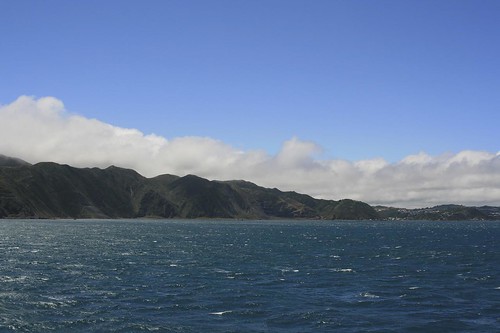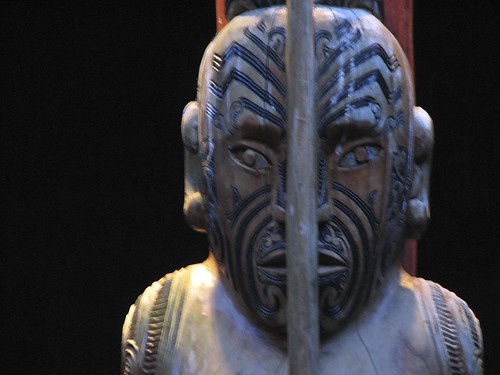No one doubts that the Maori were the original inhabitants of New Zealand. Beyond that statement of fact, little is known.
Where did the Maori come from? When did they arrive? Did they come in one group or several waves? No one really knows. The strongest archaeological evidence indicates the Maori arrived around 1200 AD.
But why let facts get in the way of a good story?
According to Maori legend, the great navigator Kupe set sail from Hawaiki, his homeland. He crossed the vast expanse of the Pacific, guided by the currents, winds, stars, birds, wave patterns and his wife, Kuramarotini.
Kupe discovered the land that we know today as New Zealand while chasing an octopus named Muturangi. But it was his wife who gave the land it’s Maori name: Aotearoa. Land of the Long White Cloud.
Four hundred years later, around 1642, the first Europeans arrived in Aotearoa. Abel Tasman commanded two Dutch ships searching the southern Pacific Ocean for anything of value.
Tasman had been given this helpful advice: “Should you encounter any natives, pretend that you are by no means eager for precious metals, so as to leave them ignorant of the value of the same.”
Tasman’s ships anchored in Golden Bay at the top of the South Island. Local Maori approached his ships in their canoes to investigate.
The Maori confronted the Europeans with a haka, a traditional challenge designed to determine if the visitors were friends or foes.
Not surprisingly, the Dutch misinterpreted this first encounter with the Maori and responded with a challenge of their own. By the time the dust settled, four of Tasman’s crew were dead.
Tasman knew this: He who fights and runs away lives to fight another day. He and his ships fled. It would be 127 years before another European returned.
But the Europeans did return. In 1840, in a land deal that puts the Dutch purchase of Manhattan from the Indians to shame, the British gained control of the entire country through the Treaty of Waitangi.
And Abel Tasman had the last laugh. Aotearoa – the Maori name for the country – disappeared. It was replaced by an anglicized version of the name Tasman gave it: Nieuw Zeeland.



